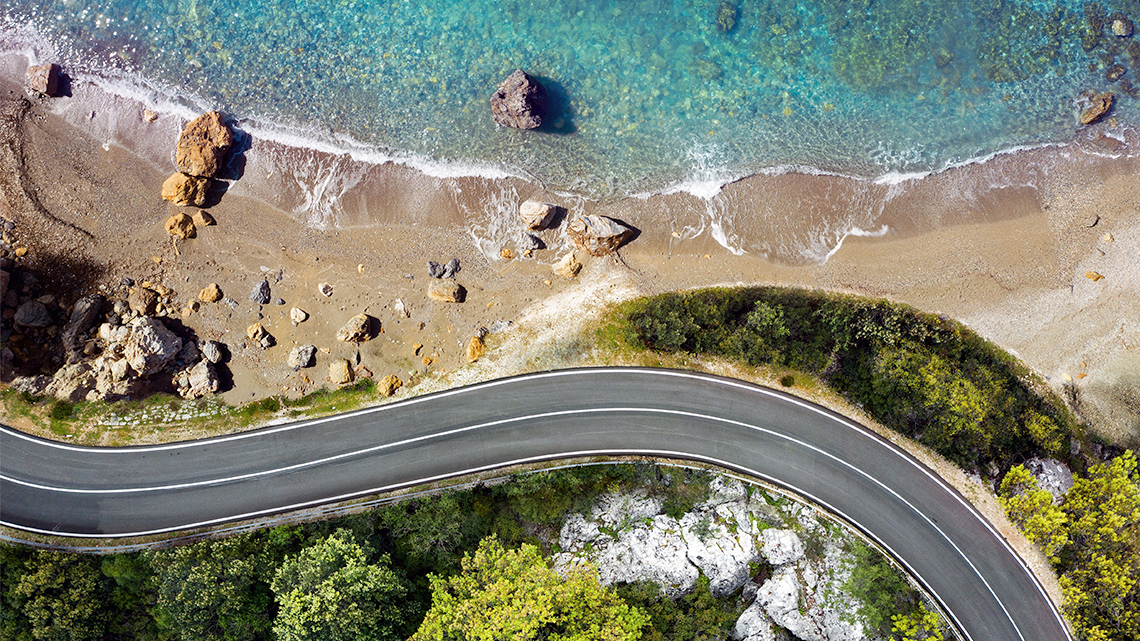Minds On
Changing the natural environment
Explore the following images.
Student Success
Think-Pair-Share
If possible, with a partner, discuss the following questions:
- What is similar about the images we explored?
- What title would you give this group of images?
Record your ideas in a notebook or a method of your choice.
Humans have made many changes to their environment. Why do you think people would change the natural environment?
Complete Changing the Natural Environment in your notebook or using the following fillable and printable document. You can also use another method of your choice.
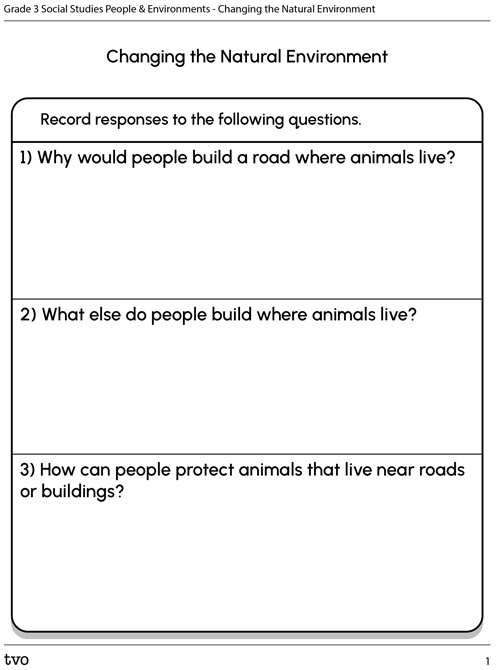
Press the Activity button to access the Changing the Natural Environment.
Activity(Opens in a new tab)Press ‘Suggested Answers’ to access the possible answers.
People build roads where animals live so that we can use vehicles for transportation.
People also build buildings where animals live.
We can build animal crossings over roads so that animals do not get hit by vehicles.
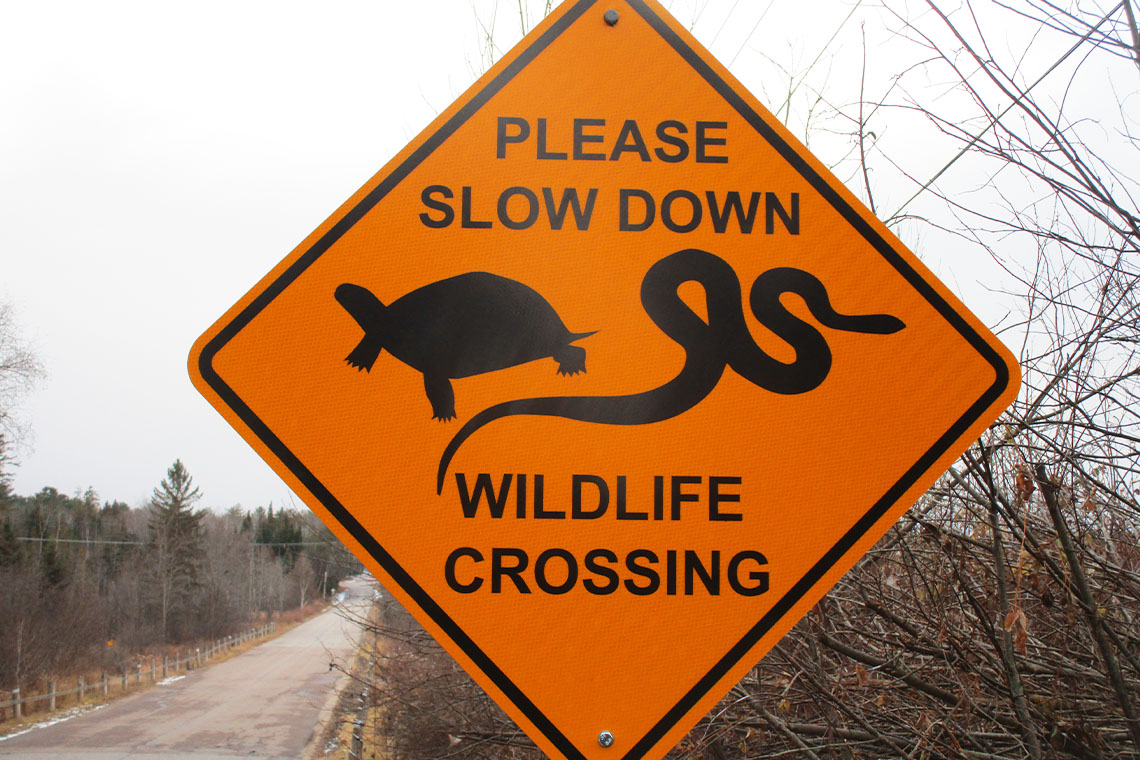
Action
Natural resources
We have considered why people change the natural environment and how we can protect animals from these changes.
Animals are just one of many resources from the natural environment that humans use.
Explore the following carousel to learn about some of the natural resources we use in Ontario.
Indigenous ways of knowing
Indigenous Peoples have a special relationship with Earth and all living things. For as long as can be remembered, Indigenous peoples have practiced sustainability by not taking too much from the land without giving back to it and caring for it.
Press the Sustainability button to find out what this word means.
One natural resource found in Ontario is water. Indigenous communities have a relationship with water, and a responsibility to ensure it is taken care of. This water meets their needs and they use it in their daily lives.
Ivey, who lives in London, Ontario is Oneida, Plains Cree, and Ojibwe. In this video, Ivey explains a special water ceremony that she does with her mom to honour the water.
Plants are another natural resource found in Ontario. Indigenous communities like Hope’s give thanks to the plants that they use in their daily lives.
Hope lives in Wikwemboong, Ontario. Her family is part of the Three Fires Confederacy (Ojibwe, Potawatomi, and Odawa Nations). In this video, Hope shares the importance of vegetables like corn, beans, and squash and her relationship to these plants.
Hope and her community are connected with these vegetables which meet their daily needs.
Brainstorm
Brainstorm
In what ways are these natural resources important to Ivey and Hope’s communities?
Record your ideas in a method of your choice.
Consequences of land use
Every action results in something else happening because of that action.
We call the things that happen because of our actions consequences. Some consequences happen in a very short amount of time. Other consequences don’t happen for a very long time.
Short-term consequences are what happens right away when an action is taken.
Long-term consequences are what happens over a long period of time because of an action.
Press ‘Examples’ to access the example of short-term and long-term consequences.
| Consequences of planting new trees | |
|---|---|
| Short-term consequence | The community works together to create a new space for everyone to enjoy. |
| Long-term consequence | In the future, there will be a space full of trees that everyone in the community can use. |

Brainstorm
Brainstorm
We have learned about how Ivey and Hope respect and give thanks to the resources in our environment that meet their daily needs.
What are some of the short-term and long-term consequences of Ivey and Hope’s action of taking only what they need and caring for the land?
Using natural resources
We are now going to explore a pretend situation.
Imagine there is a community that lives close to a conservation area that is close to a large lake.
The leader of this community has decided that they want to build a new area for businesses.
To complete their plan there would be a lot of construction for many months to make new roads, new homes, and lots of new buildings.
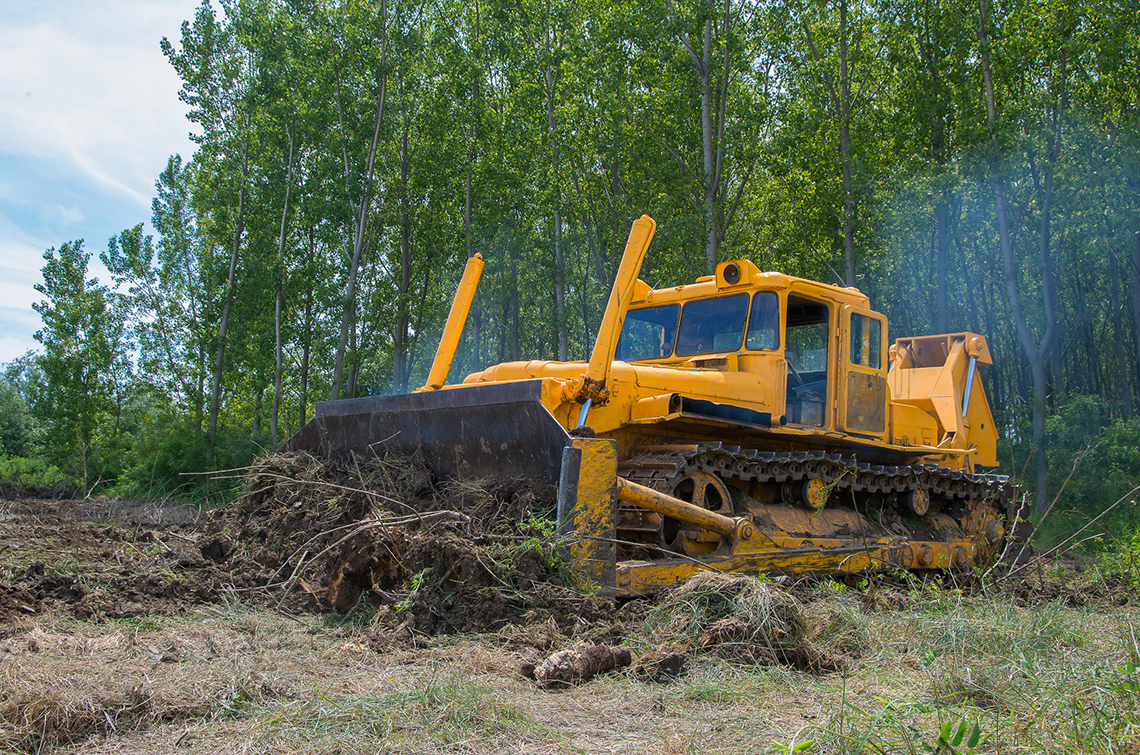
You are part of a local group that is worried about how building new areas can damage the environment and natural resources nearby.
The first step your group takes is meeting with the community’s leader to ask questions about their plan. What questions do you think you would want to ask?
Complete Questions About New Area Plans in your notebook or using the following fillable and printable document. You can also use another method of your choice.
| Record three questions that you would like to ask the community’s leader about how their plan might damage the environment and natural resources nearby. | |
| Question 1 | |
| Question 2 | |
| Question 3 | |
Press the ‘Activity’ button to access the Questions About New Area Plans.
Now imagine that the community leader has responded to some of your group’s questions. You learn that the new area will change the natural environment in three ways:
| 1) Two large farms will be demolished to build a new main street with shops and restaurants. These farms will not be rebuilt, and the main street with allow for more cars to enter the area. |
| 2) The land beside the lake will be used to build new homes. This will require removing some of the plants and other foliage in the area. |
| 3) Many of the trees in the area will be cut down to build a sports arena. |
- Did this new information answer any of the questions you were going to ask the community’s leader? Why or why not?
Record your answer using a method of your choice.
Short-term or long-term?
For each sentence about an effect of land use, select the type of consequence it describes.
Braintstorm
Reducing consequences
- What are five things that the community leader could do to reduce the consequences of their plan?
Record your answers using a method of your choice.
Press ‘Suggested Answers’ to access possible ways to reduce the consequences.
- Build the main street somewhere else so that the farms do not have to be demolished.
- Put bike lanes on the main street to encourage less people to drive cars.
- Make sure that the natural lake environment is restored after the construction.
- Build the sports arena in an area that does not require cutting down so many trees.
Consolidation
Creating an action plan
Let’s return to our pretend situation about the community leader’s plans for a new area.
You and your group are going back to the community leader with an action plan that has recommendations for building the new area in ways that protect the natural resources nearby.
Review your learning in the Action section and select the three actions that you think are the most important to reduce the consequences of the community leader’s plan.
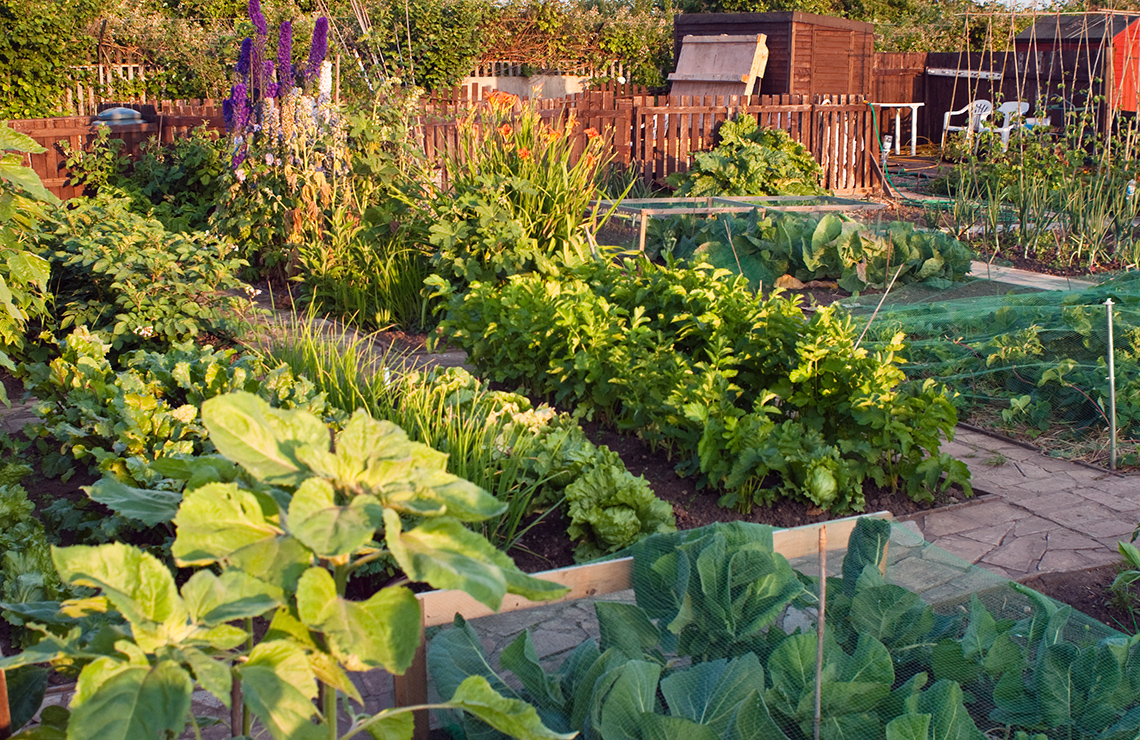
Now use one or two of the actions you chose to create your own action plan.
Record your action plan using a method of your choice. For example, your action plan could be an audio or video clip, a written speech, or an image of how you imagine the new area should be built.
Action Plan Checklist
For each of your three actions, make sure that you include the following information:

Reflection
How do you feel about what you have learned in this activity? Which of the next four sentences best matches how you are feeling about your learning? Press the button that is beside this sentence.
I feel...
Now, record your ideas about your feelings using a voice recorder, speech-to-text, or writing tool.

